Chimney Fire Safety
- Certified
- Licensed & Bonded
- Fully Insured
What is a Chimney Fire?
By-products of combustion, or burning wood, include many substances that exit the appliance through the chimney. The chimney is relatively cooler than the fireplace or stove that houses the fire, which creates condensation resulting in residue that sticks to the inner walls of the chimney- Creosote!
Creosote is highly flammable, thus causing combustion within the chimney. These high-heat events can end in astronomical damage if spread throughout the house, or at the very least damage to your fireplace and chimney will occur.
Signs of Chimney Fires
Chimney Fires can burn explosively with reports of flames or dense smoke shooting up and out of the top of the chimney. Intense cracking, popping, and the low rumbling of a freight train like sound indicates a severe chimney fire.
Slow burning chimney fires are much more common, and often go undetected until inspections are performed. These chimney fires do not get the required air supply to create the dramatic effects, but do still get dangerously hot causing internal damage.
Signs post-chimney fire or high heat event:
- “Puffy” or “honey combed” creosote
- Warped metal of the damper, metal smoke chamber connector pipe or factory-built metal chimney
- Cracked or collapsed flue tiles, or tiles with large chunks missing
- Discolored and/or distorted rain cap
- Creosote flakes and pieces found on the roof or ground
- Roofing material damaged from hot creosote
- Cracks in exterior masonry
- Evidence of smoke escaping through mortar joints of masonry or tile liners
Steps to Take if a Chimney Fire is Suspected
- Get out of the house. Homes are replaceable, but lives are not. Your first step should be to make sure everyone is safely out of the house.
- Call the fire department.
If you see a fire developing in your home's chimney and it's still safe for you to act, these steps may control it and prevent it from spreading. Remember: getting out of the house and contacting the fire department are the most important steps.
- Reduce the airflow to the fire by closing the glass doors on your fireplace or inlets on your wood stove.
- Once you are safely outside, spray the flammable parts of your roof with a garden hose to prevent the fire from spreading.
Chimney Fire Prevention
Level Two Inspections are recommended by the NFPA to assess internal damage after a suspected chimney fire. Chimney fires and High Heat Events can cause structural damage that can leave systems unsafe for continued use. Dano's Chimney Sweep will inspect your system and offer options to get you back up and burning again.
Prevention is your best, first choice. Fill out our online form to schedule an inspection and chimney sweep by one of Dano's Certified Chimney and Fireplace technicians to ensure your system is clean and ready to heat your home.


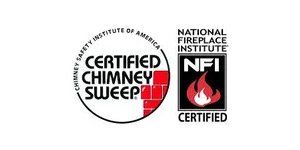
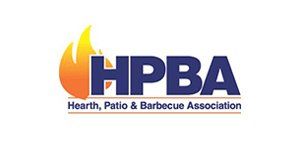

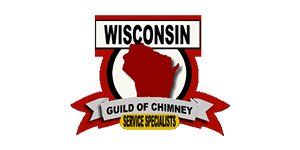


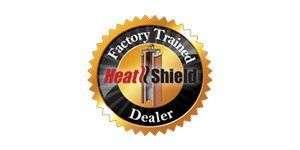


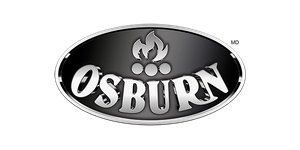
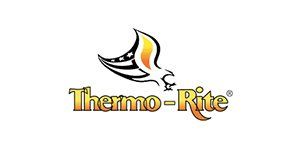

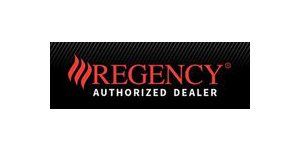


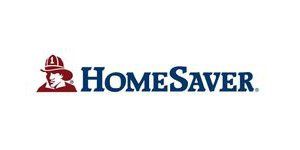


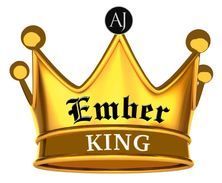

Share On: